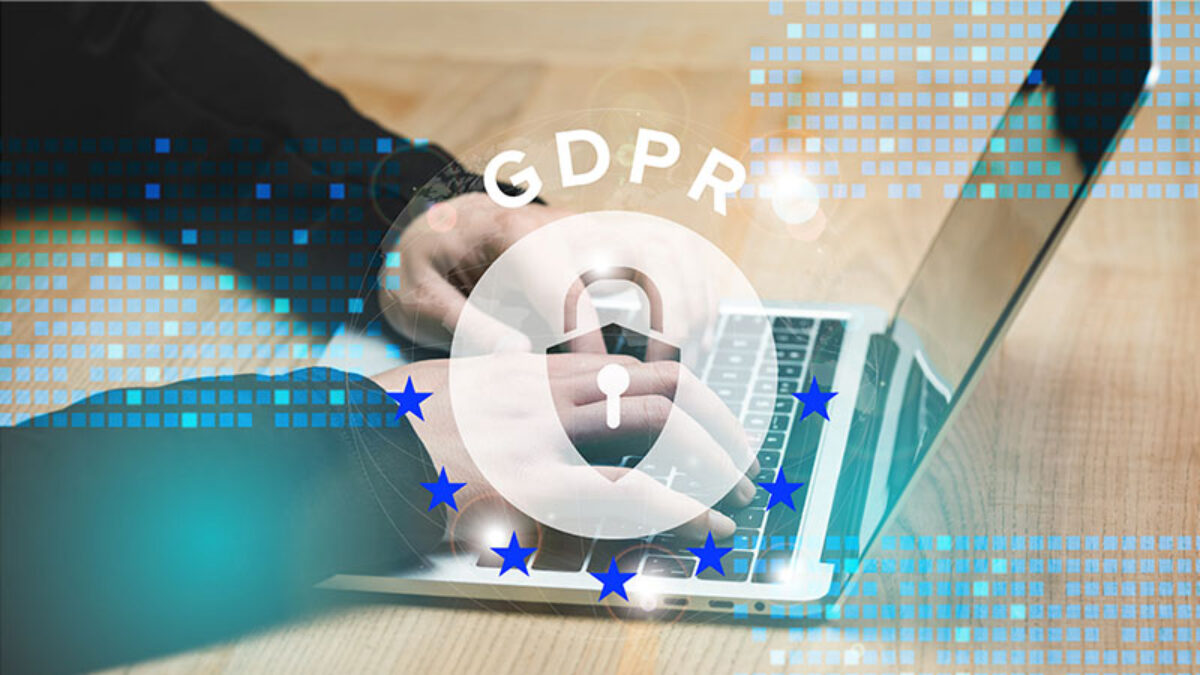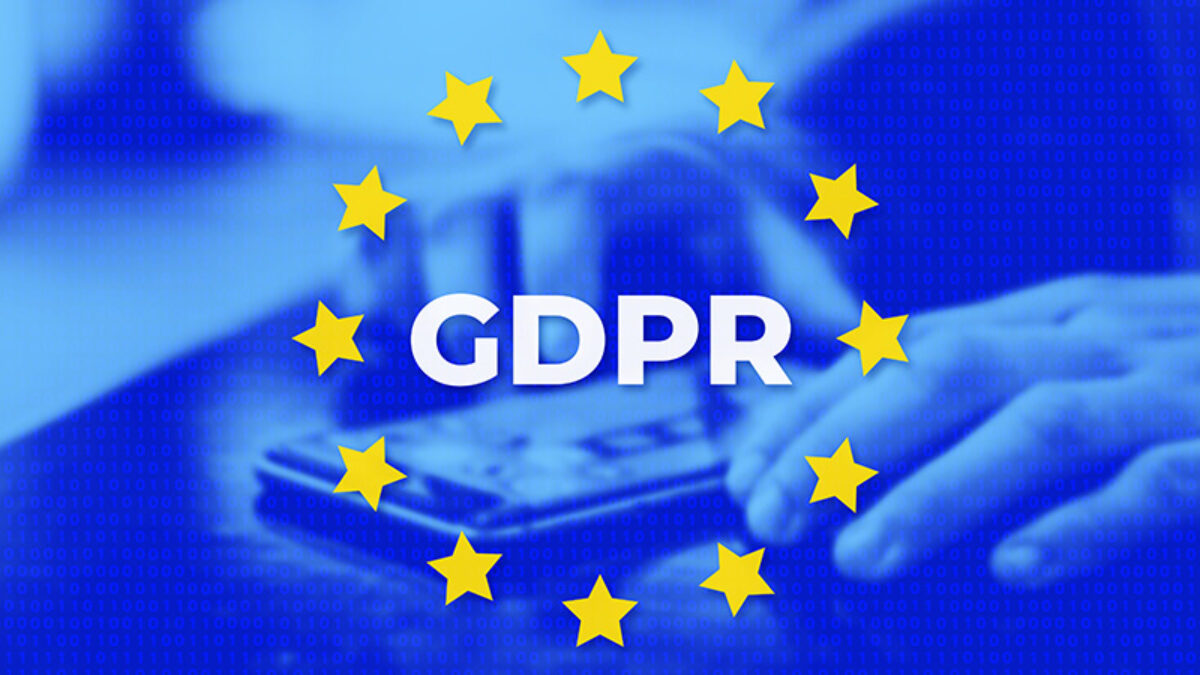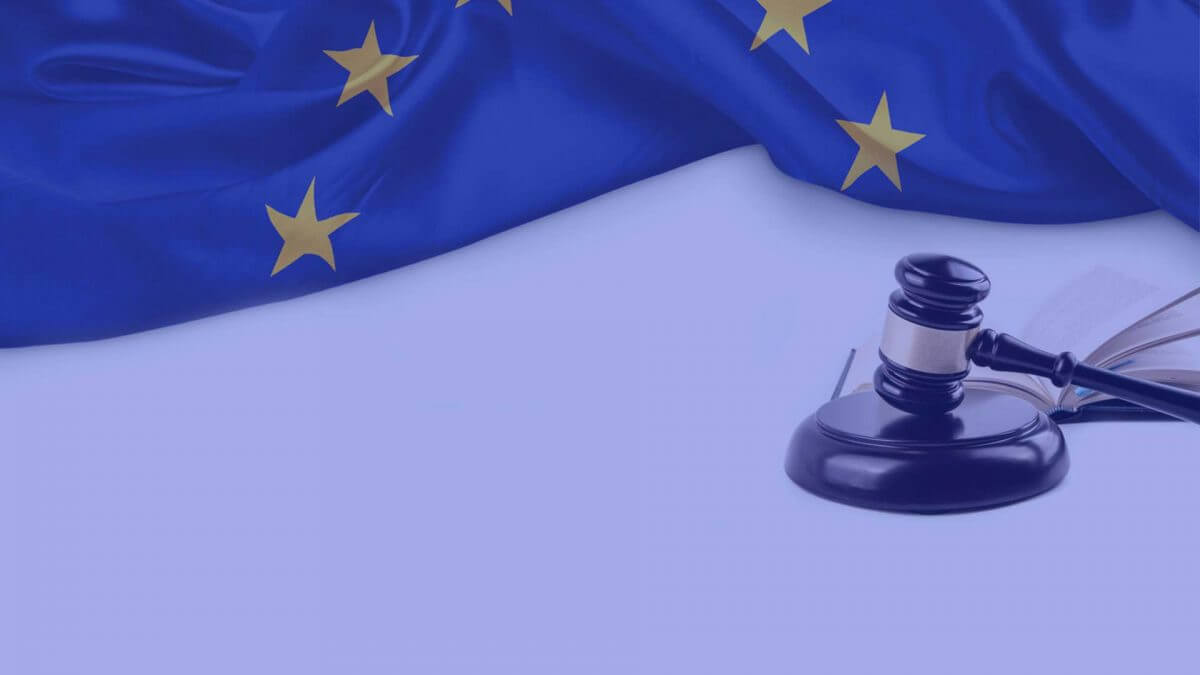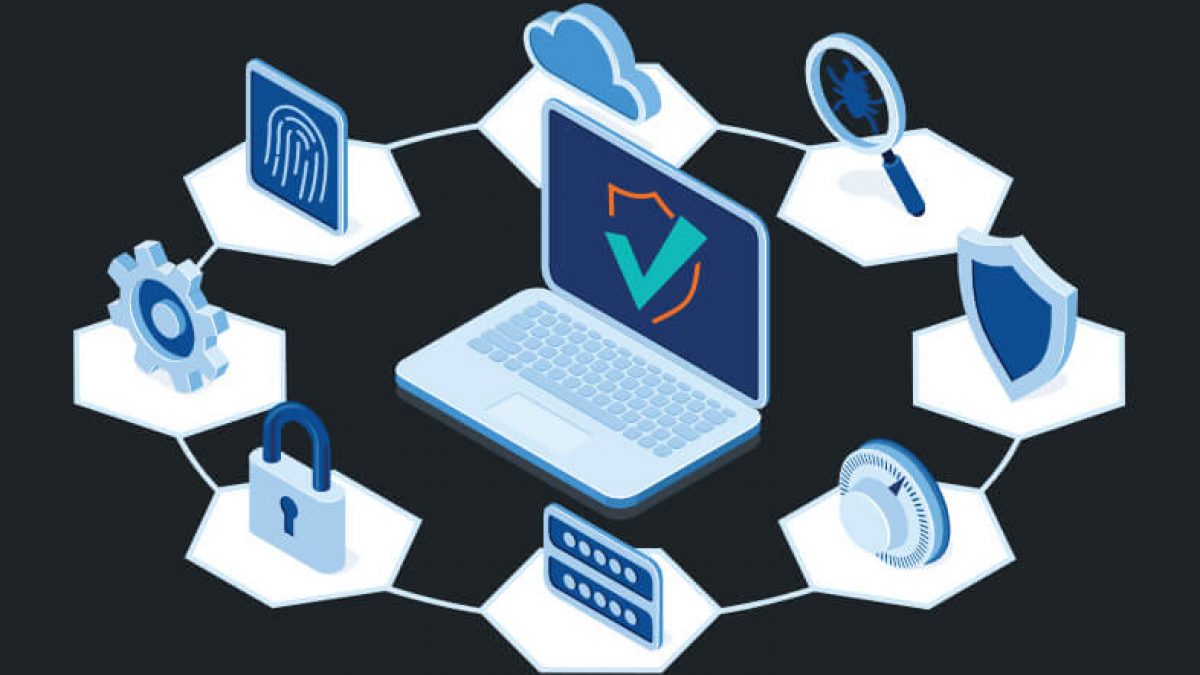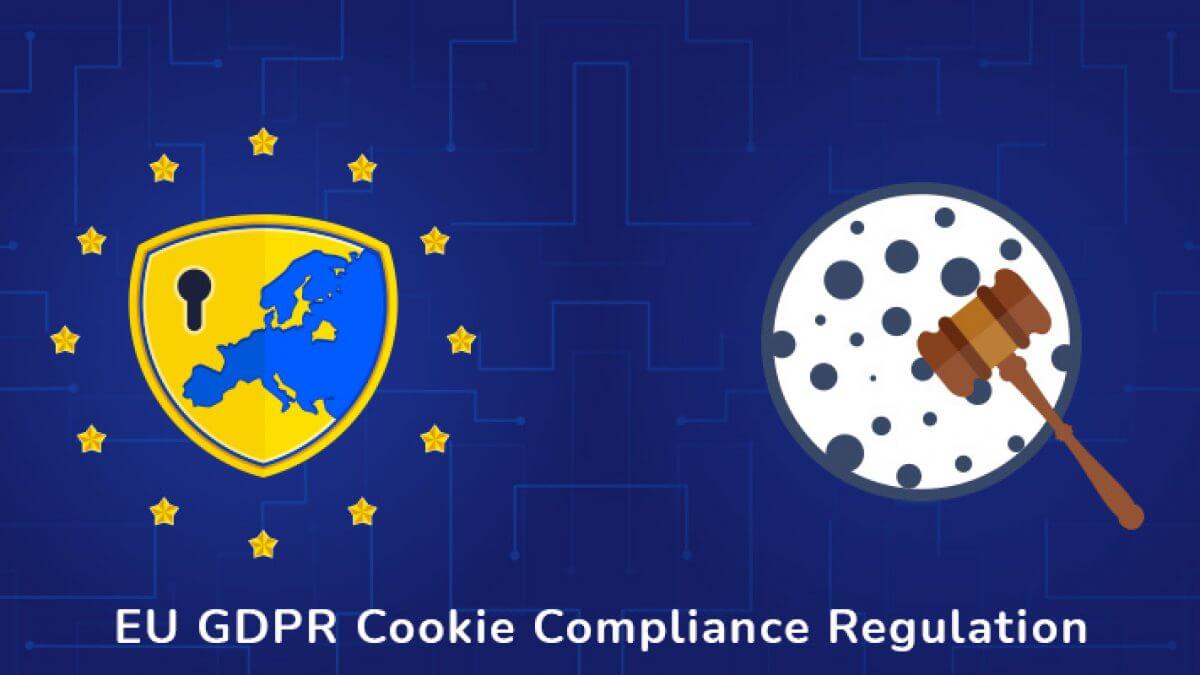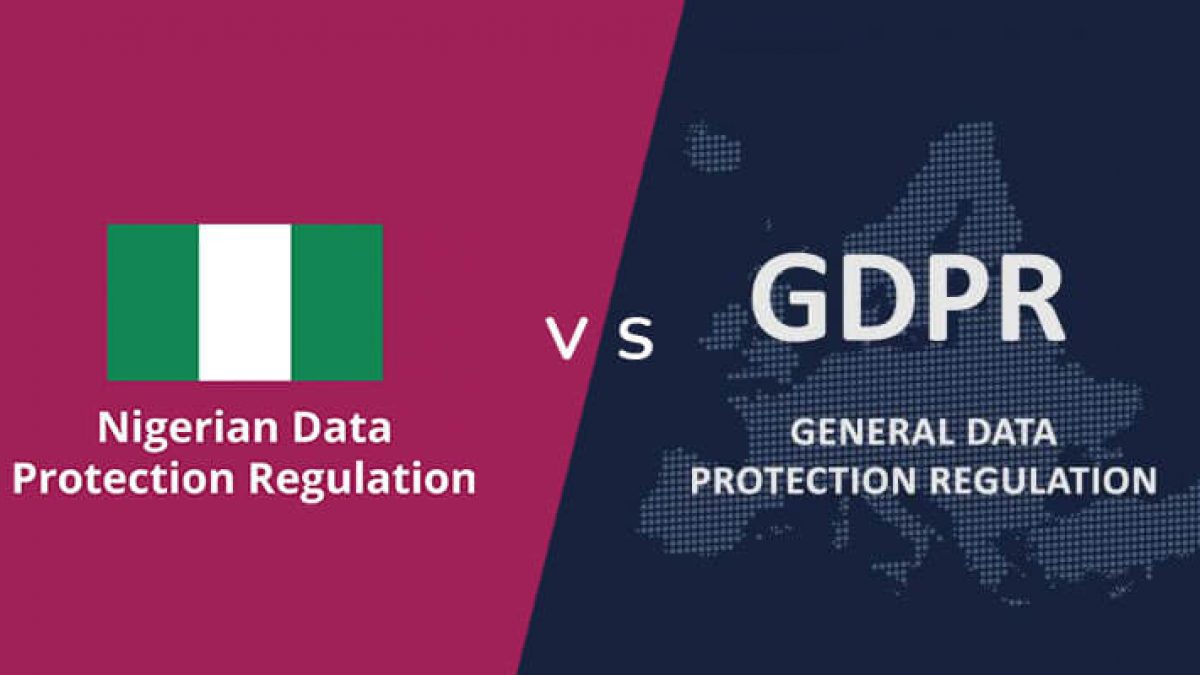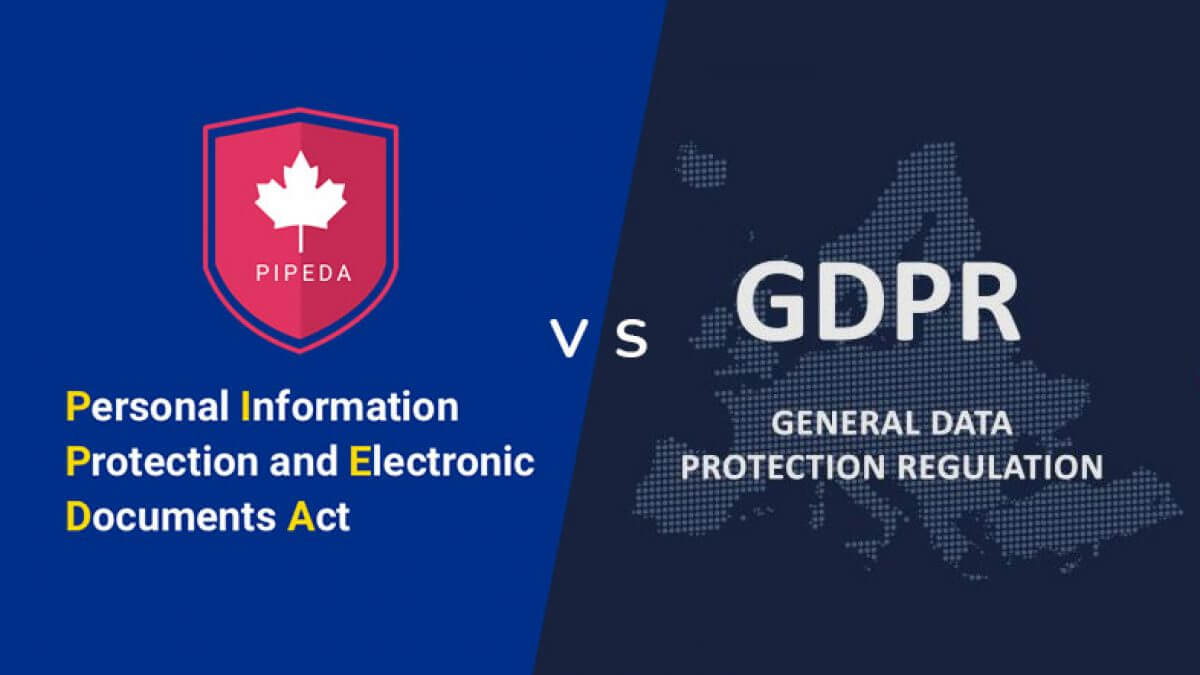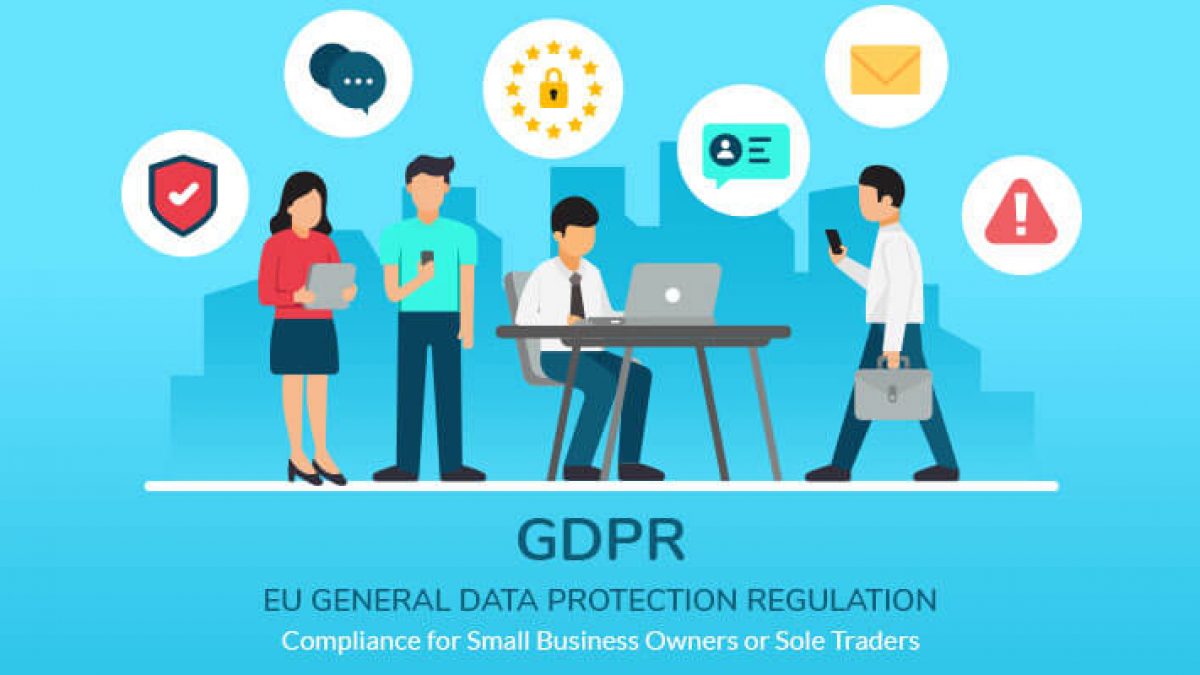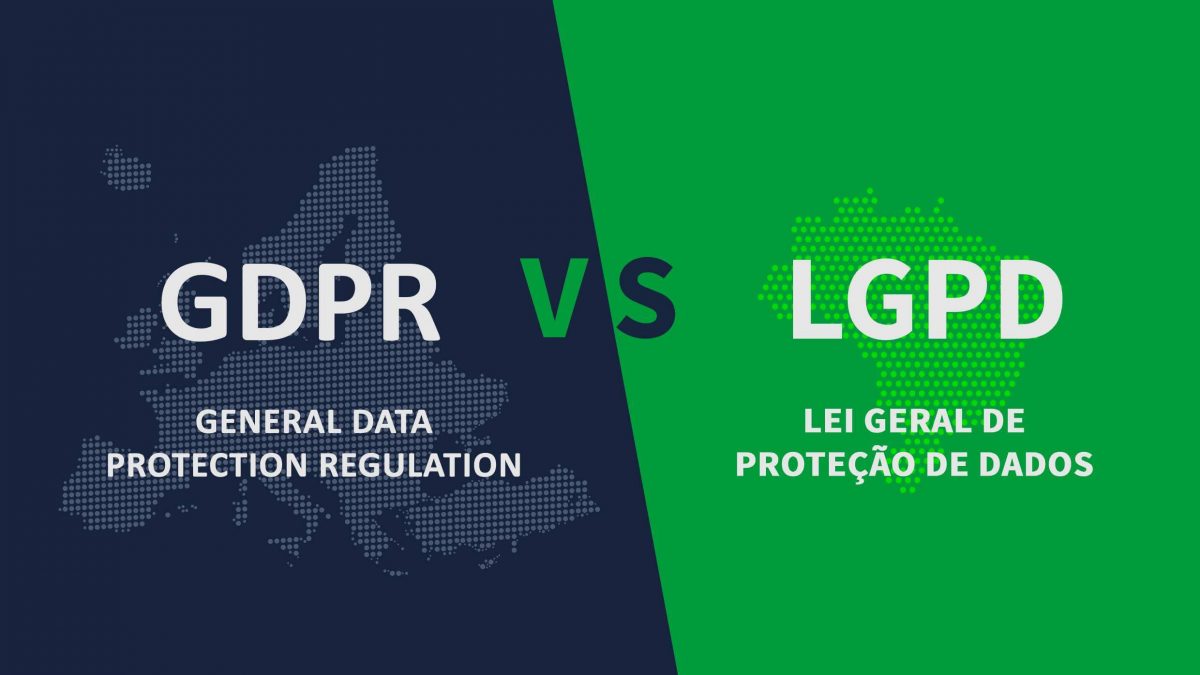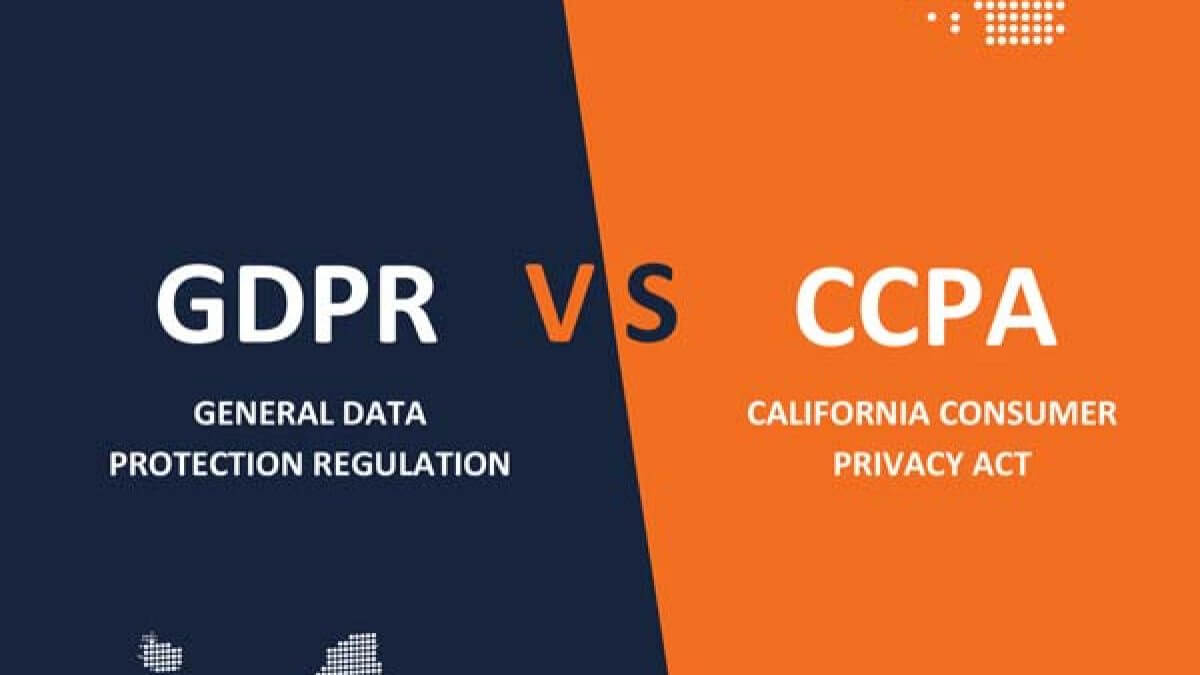The GDPR and the EU-US Data Privacy Framework: A Symbiotic Relationship
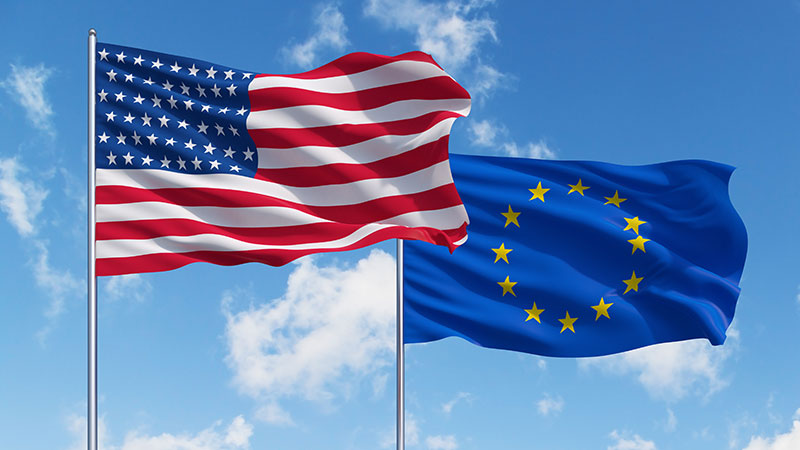
EU-US Data Privacy Shield Framework
The EU US Data Privacy Framework’s adequacy decision was adopted by the European Commission on July 10. According to the adequacy ruling, personal data moved from the EU to US businesses taking part in the EU US Data Privacy Framework is adequately protected in the US as compared to the EU.
Two distinct frameworks for transatlantic data flow have been approved by the European Commission recently: Safe Harbour in 2000 and Privacy Shield in 2016. These frameworks state that the US offers a degree of data protection for data transfers that is nearly equal to the guarantees made in the EU. The Court of Justice of the European Union invalidated both adequacy decisions, causing a significant setback despite the initial optimism. This case is known as the “Schrems saga,” named after the Austrian activist who initially challenged both frameworks before the European Court. The main points of contention revolved around the lack of sufficient protections for private information under US domestic law and the scope of government monitoring of that information throughout its transfer, as first revealed by Edward Snowden in 2013.
The General Data Protection Regulation (GDPR) is a comprehensive data privacy law that applies to entities that gather, retain, or use the personal data of individuals living in EU member states. Any information used in the processing of data that pertains to a recognized or identifiable natural person (data subject) is considered personal data, according to the European Commission. GDPR must be complied with by businesses that operate in EU nations, provide goods or services to EU nationals, or keep an eye on data subjects’ conduct.
Key components of the current EU-US Data Privacy Framework
- Enhanced Data Protection Obligations
- Oversight and Enforcement
- Redress Mechanisms
- Limitations on Government Access
- Commitment and Certification
- Data Subject Rights
- Ongoing Cooperation Between Authorities
The Symbiotic Relationship: GDPR and Transatlantic Data Transfers
GDPR and Its Influence on Transatlantic Data Transfers
- Data Protection Standards: GDPR sets high data protection standards, requiring businesses to implement robust data handling and security measures. This impacts how EU data is transferred to and managed in the U.S.
- Cross-Border Data Flows: For EU-U.S. data transfers, GDPR necessitates mechanisms that ensure EU data protection standards are upheld when personal data is transferred outside the EU.
- Legal Uncertainty: The invalidation of the Privacy Shield framework by the European Court of Justice highlighted legal uncertainties in transatlantic data transfers, leading to a demand for a more stable and compliant framework.
The Symbiotic Elements
- Compliance and Market Access: For U.S. companies, compliance with GDPR is crucial for access to the EU market. This compliance fosters a culture of data protection that benefits consumers and businesses.
- Standard-Setting: GDPR acts as a global standard-setter. Its influence prompts non-EU countries, including the U.S., to reconsider and often elevate their data protection standards.
- Economic Interdependence: The EU and U.S. economies are deeply interconnected, with data-driven services playing a significant role. A harmonious data transfer mechanism is essential for this economic relationship.
- Consumer Trust: GDPR-compliant data practices help build consumer trust in transatlantic businesses, which is vital for digital commerce.
Challenges and Adaptations
- Reconciling Different Legal Systems: The U.S. and EU have different legal approaches to privacy. Finding common ground that satisfies GDPR requirements while being workable under U.S. law is challenging.
- U.S. Surveillance Laws: Concerns over U.S. government surveillance and the rights of EU citizens to legal redress in the U.S. are central to the debate and require ongoing diplomatic and legal efforts.
- Dynamic Regulatory Environment: The digital landscape is continually evolving, requiring both the GDPR and transatlantic data transfer mechanisms to adapt.
The Future of Transatlantic Data Transfers
- New Agreements: The development of frameworks like the EU-US Data Privacy Framework aims to create stable and lawful channels for data transfers.
- Ongoing Negotiations: Continuous dialogue between the EU and U.S. is necessary to address emerging issues and adapt to new challenges.
- Global Impact: This relationship sets a precedent influencing global data transfer practices and international data protection standards.
Challenges and Criticisms of the EU US Privacy Shield
The Privacy Shield, which was an agreement between the EU and the U.S. intended to facilitate data transfers while ensuring data protection, faced numerous challenges and criticisms. The primary concerns revolved around the adequacy of protection for EU citizens’ data when transferred to the U.S. Critics pointed out that the U.S. surveillance programs and practices potentially compromised the privacy and security of the data. There was also scepticism regarding the enforceability of the Privacy Shield and whether U.S. companies could be held accountable under its framework. The lack of a robust mechanism for EU citizens to seek redress in cases of data misuse was another significant point of contention. These criticisms highlighted fundamental differences in the approach to data privacy between the EU and the U.S., casting doubts on the effectiveness and reliability of the Privacy Shield in safeguarding personal data in accordance with EU standards.
Overview of Legal Challenges
The legal challenges to the Privacy Shield primarily stemmed from concerns about inadequate data protection. The most notable challenge was the case of Data Protection Commissioner v. Facebook Ireland and Maximillian Schrems (commonly referred to as Schrems II), which led to the invalidation of the Privacy Shield by the European Court of Justice (ECJ) in July 2020. The ECJ found that the Privacy Shield did not provide equivalent data protection to that in the EU, primarily due to U.S. government surveillance programs. The Court was particularly concerned that U.S. law did not grant EU citizens actionable rights against U.S. authorities for privacy breaches. This landmark ruling not only invalidated the Privacy Shield but also raised questions about the legality of other mechanisms used for transatlantic data transfer, such as Standard Contractual Clauses unless additional safeguards were put in place.
Addressing Concerns Raised by European Authorities
In response to the concerns raised by European authorities, which ultimately led to the invalidation of the Privacy Shield, the U.S. and EU began negotiations to develop a new framework for transatlantic data transfers. This involved addressing the core issues identified by the ECJ, particularly surrounding U.S. surveillance practices and the rights of EU citizens. Efforts were focused on ensuring greater transparency and limitations on U.S. government access to data, as well as strengthening the mechanisms for oversight and redress. These negotiations aimed to create a legal and operational framework that would align more closely with EU data protection standards, particularly those under the GDPR. The goal was to establish a more robust and resilient mechanism for data transfers that could withstand legal scrutiny and adequately protect the privacy rights of individuals within the EU.
Data Protection Principles Under EU
The European Union’s data protection framework, particularly under the General Data Protection Regulation (GDPR), is built on a set of key principles that govern the collection, processing, and management of personal data. These principles are foundational to ensuring that data is handled in a way that respects individual rights and privacy. Here’s an overview of these core principles:
- Lawfulness, Fairness, and Transparency: Processing personal data in a lawful, fair, and transparent manner.
- Purpose Limitation: Collecting data for explicit and legitimate purposes, and not using it beyond these purposes.
- Data Minimization: Limiting data collection to only what is necessary for the specified purposes.
- Accuracy: Ensuring personal data is accurate and kept up to date.
- Storage Limitation: Retaining personal data only as long as necessary for the stated purposes.
- Integrity and Confidentiality (Security): Securing personal data against unauthorized access and accidental loss or damage.
- Accountability: Data controllers must demonstrate compliance with all these data protection principles.
Recent Developments and Changes in the EU GDPR
As of my last update in April 2023, the EU’s General Data Protection Regulation (GDPR) has seen several developments and changes, reflecting the dynamic nature of data protection in a rapidly evolving digital world. These developments aim to strengthen data privacy, address new technological challenges, and ensure the regulation remains effective and relevant. Key areas of focus include:
- Enhanced Enforcement and Fines: Increased assertiveness in GDPR enforcement with substantial fines for non-compliance.
- Guidance on Emerging Technologies: New guidelines on GDPR application to AI, facial recognition, and blockchain.
- Data Transfer Mechanisms Post-Schrems II: Development of new data transfer mechanisms following the invalidation of the EU-U.S. Privacy Shield.
- Increased Focus on Data Subject Rights: Stronger emphasis on enforcing rights like the right to be forgotten and data portability.
- GDPR and Brexit: Adaptation of GDPR into UK law post-Brexit, affecting EU-UK data transfers.
- Expanding the Scope of GDPR: Broader interpretation of GDPR’s extraterritorial scope to include non-EU companies processing EU residents’ data.
- COVID-19 Response: Guidelines for health data processing, contact tracing, and remote work in light of the pandemic.
- Focus on SMEs: Providing tailored GDPR guidance and support for small and medium-sized enterprises.
Conclusion
The evolving landscape of EU-U.S. data privacy, particularly with the advent of the EU-US Data Privacy Framework, demonstrates a dynamic and symbiotic relationship between two major global powers in addressing the complex challenges of data protection in the digital age. This relationship, though fraught with legal challenges and differences in privacy approaches, is crucial for ensuring the seamless flow of data across borders, vital for the thriving digital economy and transatlantic trade. The GDPR, with its stringent data protection standards, continues to play a pivotal role in shaping these frameworks and influencing global data protection norms. The recent developments in the GDPR reflect a concerted effort to adapt to emerging technologies and global challenges, reinforcing its role as a benchmark for data privacy worldwide.


